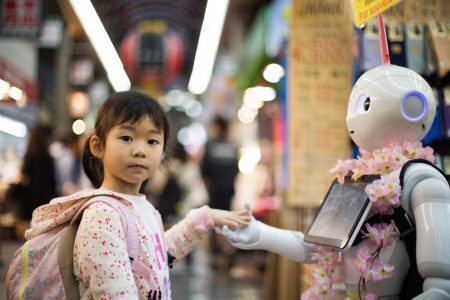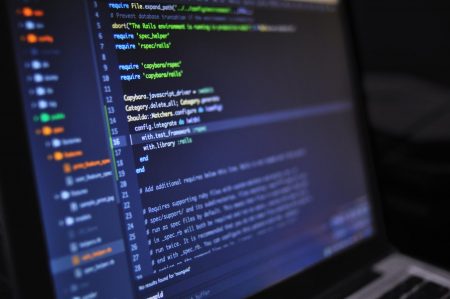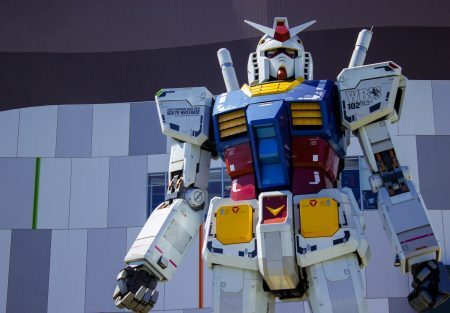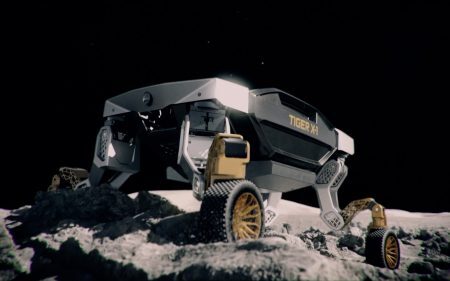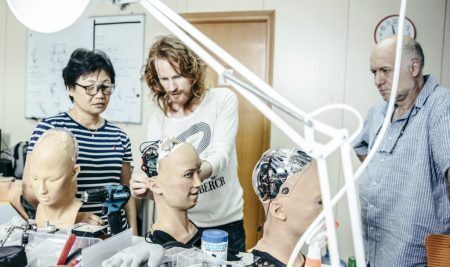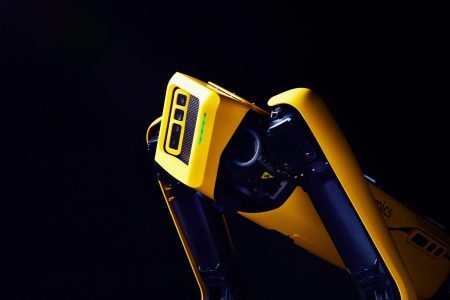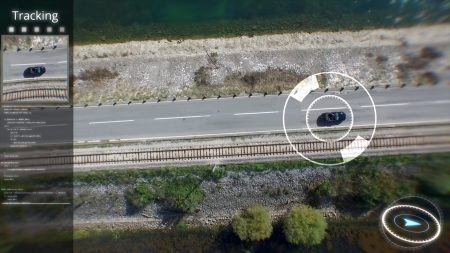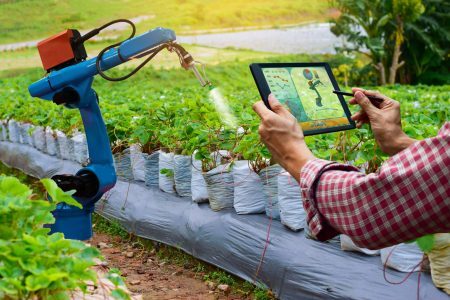In 2017, I returned to Canada from Sweden, where I had spent a year working on automation in mining. Shortly after…
Browsing: robotics
With the careers of the future leaning more and more heavily on computer based skills, it’s about time the South…
In the 2012 film “Robot and Frank”, the protagonist, a retired cat burglar named Frank, is suffering the early symptoms…
Hyundai has revealed its new “uncrewed ultimate mobility vehicle”, or UMV for short, and it’s definitely got legs. Literally. The…
Hanson Robotics, creators of the viral AI sensation Sophia, have unveiled plans to be mass-producing humanoid robots this year. Sophia…
Last month there were reports that Boston Dynamics, they of the interesting robotics tech, was due to be sold off…
If you’re a long-time reader of Stuff, odds are you’ve seen something that Boston Dynamics has done. The robotics company…
In the “Star Trek: The Next Generation” episode “The Measure of a Man,” Data, an android crew member of the Enterprise, is to be…
From self-driving cars, to digital assistants, artificial intelligence (AI) is fast becoming an integral technology in our lives today. But this same technology…
Depending on who you listen to, artificial intelligence may either free us from monotonous labour and unleash huge productivity gains,…

